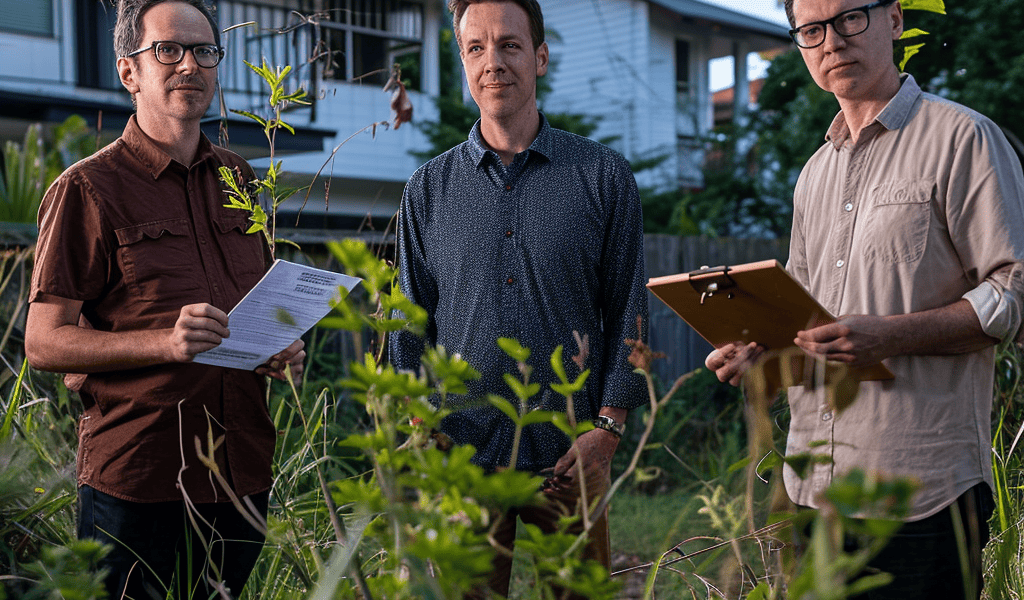A team of University of Queensland scientists conducted a biodiversity survey in their Annerley share house, uncovering 1,150 unique species. This finding significantly exceeded the expected 200 species, revealing a high level of biodiversity in urban environments. The study showcased a variety of species from insects to birds and highlighted the importance of how urban homes and gardens are maintained for fostering biodiversity.
University of Queensland scientists discovered an unexpected biodiversity of 1,150 species in their urban backyard during the 2020 lockdown, challenging perceptions of urban wildlife and highlighting the ecological value of residential areas. A challenge among three housemates to identify species around their inner-Brisbane home has resulted in an academic research paper, showcasing the rich biodiversity in urban landscapes.
UQ mathematician Dr. Matt Holden, ecologist Dr. Andrew Rogers and taxonomist Dr. Russell Yong took a census of their Annerley share house and its backyard during the COVID-19 lockdowns in 2020, and discovered 1,150 unique species of animals, plants, and fungi over a 12-month period.
Unexpected Biodiversity
“We asked a large number of ecologists and conservation scientists how many species they’d expect to find in this setting and they predicted only 200,” Dr. Holden said.
“But after 60 days of surveying, we’d already discovered 777 species.
“It shows suburban houses and apartments could have far more biodiversity than ever imagined, especially when it comes to insects.”
The idea of the species count was born when Dr. Rogers went to vacuum cobwebs in his room and wondered how many spiders were on the property.
“The three of us soon envisioned a plan to comb through the house and backyard in search of other critters that resided alongside us,” Dr. Holden said.
The survey revealed richly biodiverse creatures including 436 moth and butterfly species, 286 fungi species, 111 bird species, and 85 plant species, among others. The researchers noted the significance of these findings in understanding the ecological dynamics of urban environments and the need to consider residential areas as potential hotspots for biodiversity conservation.





